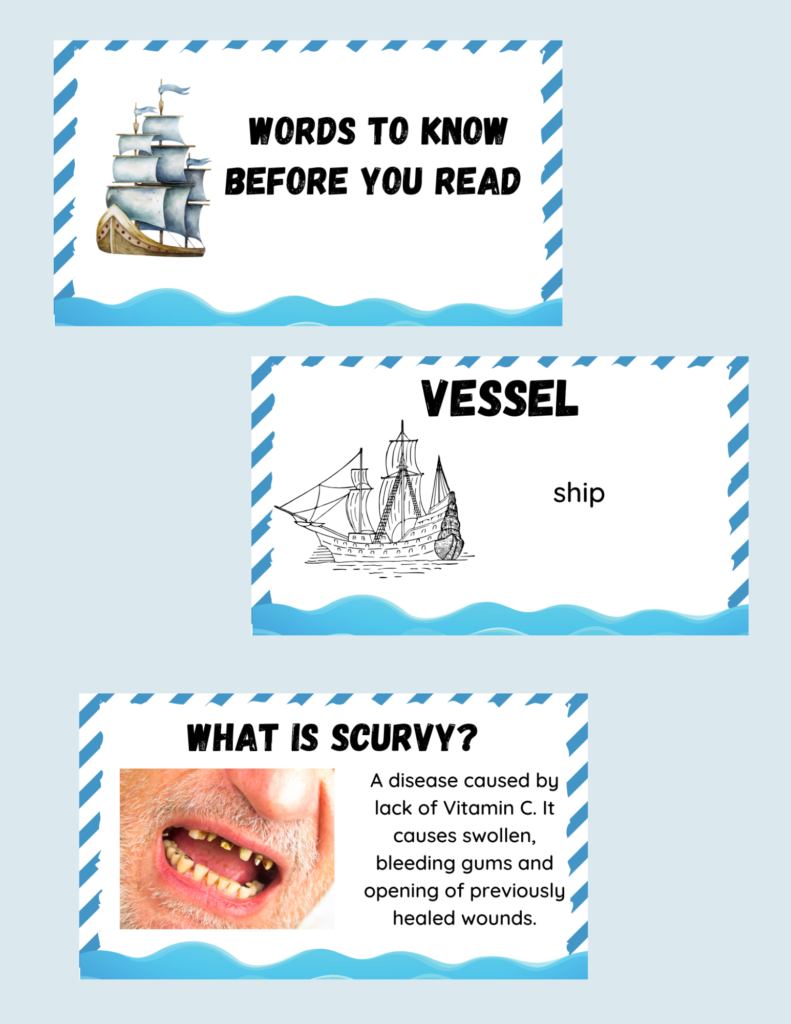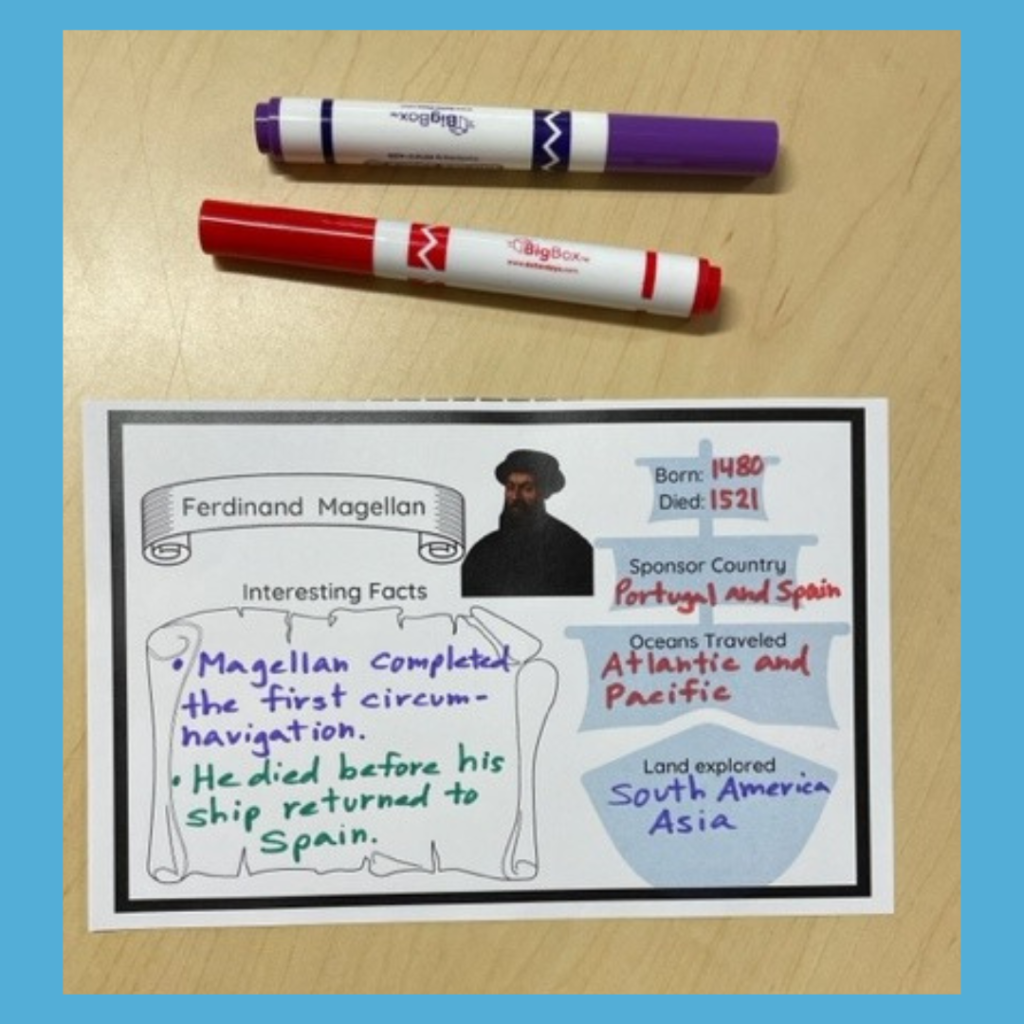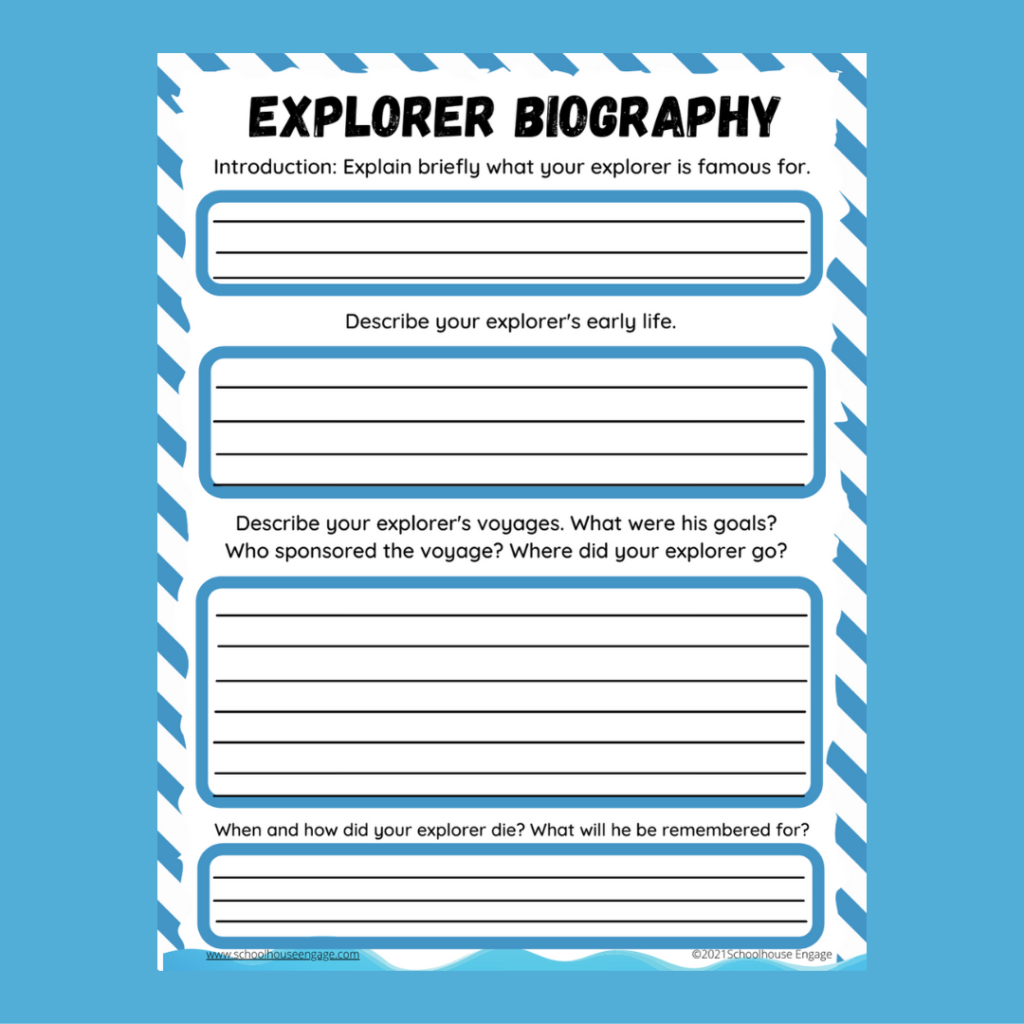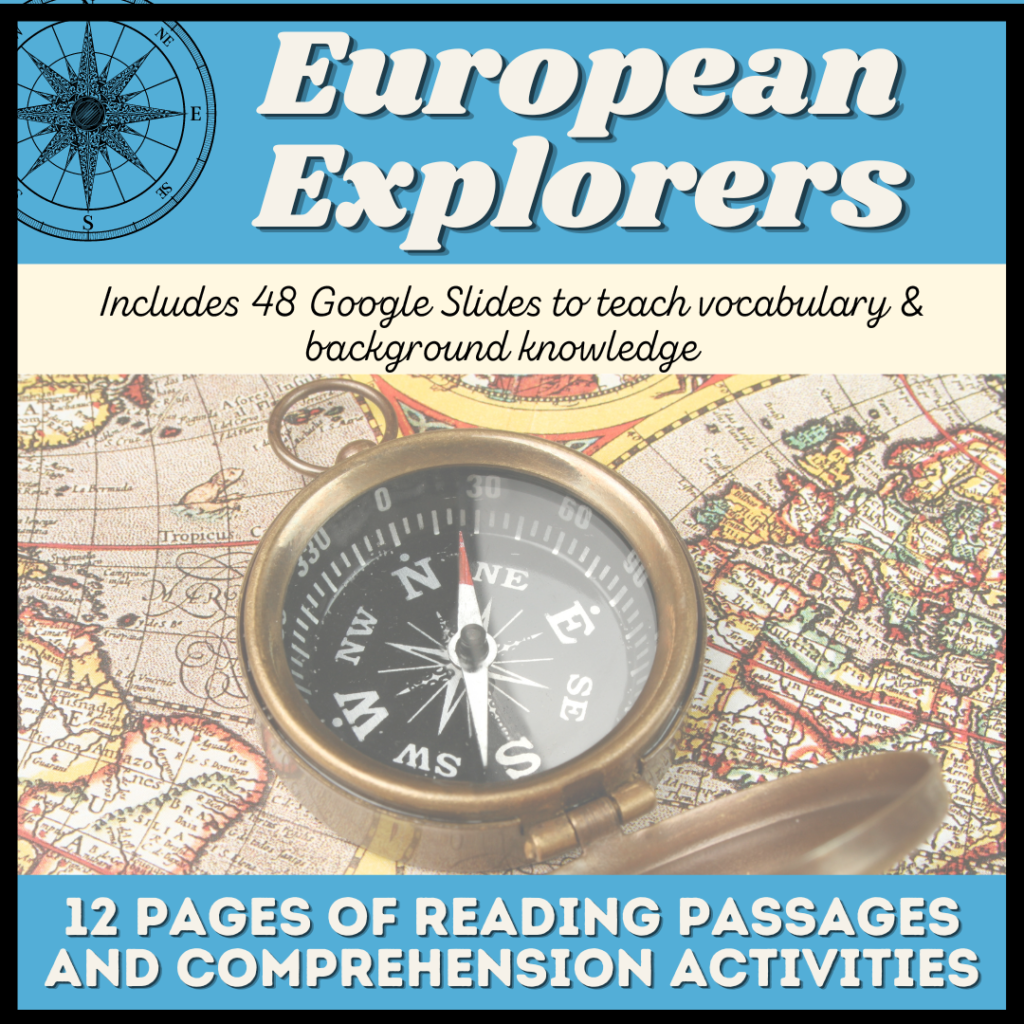Using Visuals to Build Background Knowledge
It’s important to always teach background knowledge before doing any type of Social Studies reading. Building background knowledge is crucial, especially for elementary students, to comprehend non-fiction text. Never assume that students know content specific vocabulary.
Yes, some may know the vocabulary words, but it doesn’t hurt to teach them to activate background knowledge. Also, it provides an opportunity to see what your students know about the topic.
The problem that I encounter when reading Social Studies text is that I’m constantly searching for appropriate images online to define words. It takes time to stop reading to search for the perfect images.
I love teaching history, but when you have English Learner (EL) students or striving readers, it’s important to make the content accessible to them so they understand the lesson. How do you do that? In a nutshell, you need to use lots of visuals to create background knowledge.
I try my best to have the images ready to go for my English Learners. I’ll have several tabs open on my browser, but I usually forget what tab is for what picture!

Then if I want to revisit the images the following day to review vocabulary, I’ll keep the tabs open. But if I happen to close my browser window, it’s game over! I have to start my search again for these images.
If you teach EL students you know what I’m talking about. Showing images to EL students is crucial! Finding images online can be cumbersome. Plus a lot of the images online are too small.
So what’s the solution?
Using Power Point or Google Slides to Teach Vocabulary
Creating a Power Point or a Google Slides presentation of vocabulary words will do the trick. Opening the slides up daily, has been such a time saver and it’s been easier for my students to understand their reading.
When you teach students about European Explorers, you will discover that there were so many domain specific vocabulary involved. Words such as vessel, expedition, scurvy, etc. all have to be taught beforehand so students understood the text.

Showing slides with vocabulary words that your students will encounter during their reading is important, especially for your English Learners (EL) students. The fact sheet I wrote about each explorer includes these vocabulary words so that students have repeated exposure to them.

How to teach a Social Studies Lesson about European Explorers
I start my lesson using slides to introduce the name of the explorer and important information about him. We might also look at a map to review where Europe is and the names of the oceans.
Then we watch a Youtube video that I find about his explorations. It’s important to preview your video before showing it to students to make sure it’s age appropriate.
I also like my videos to be no longer than 5 minutes. If longer, I see my students start to tune out. Yes, It’s crazy that most have an attention span of 5 minutes.
Then my students will read the fact sheet silently. They highlight any important information or anything they find interesting. After that, they work with a partner to complete a comprehension activity.
How to Choose what Explorers to Teach
The list of European Explorers seems endless. Is it really necessary for elementary students to know so many? Absolutely not! It’s about quality, not quantity.
If you have to narrow it down, focus on Christopher Columbus, Amerigo Vespucci, Robert La Salle, Hernan Cortes, Ferdinand Magellan, and Vasco da Gama. Here are my reasons:
- Columbus’ voyages launched the beginning of an era of European exploration and colonization of the New World.
- Amerigo Vespucci claimed that Brazil was part of a continent new to Europeans, which he called the “New World“. Plus, America is named after him.
- Rene-Robert Cavelier, Sieur de La Salle (I know, his name is long! We refer to him as Robert La Salle.) He claimed the land of Louisiana for France.
- Hernan Cortes changed the culture and people of what is now Mexico.
- Ferdinand Magellan was the first explorer to circumnavigate the Earth and the Pacific Ocean is named after him.
- Vasco de Gama was the first to discover a sea route from Europe to India. Our voyage will help Portugal colonize from Africa to Asia

When students are done with their reading and comprehension activity, they have time to complete a biography note card (pictures above) about each individual explorer. You can use this for your early finishers.
I also allow my students to do research online to get more information about the explorers. At this point, they have the background knowledge to facilitate understanding the article.
When we are done learning about all these explorers, my students choose an explorer of their own and they complete a biography graphic organizer about him.

How do you choose which European Explorers to teach students? Let me know on Instagram@schoolhouse_engage. I can’t wait to hear from you.
Don’t forget to grab the lesson pack that teaches students about the European Explorers. It has all of the visuals that you need to teach background knowledge, and vocabulary. You got this!

